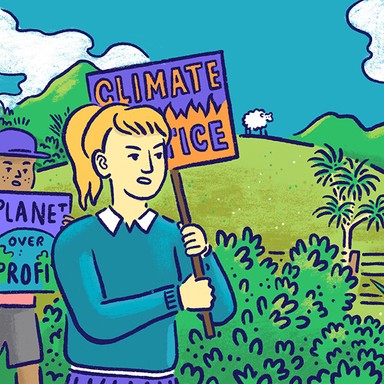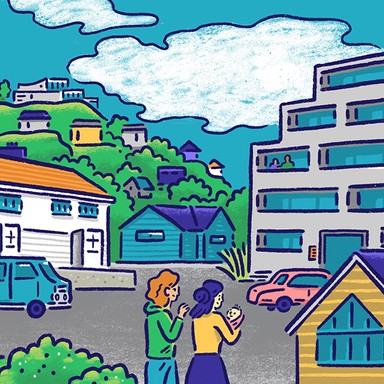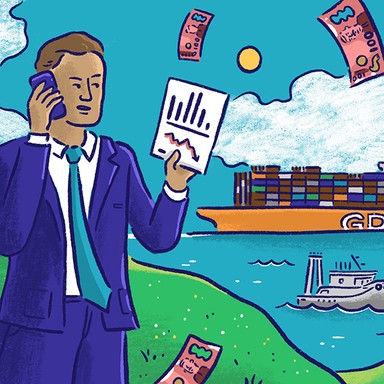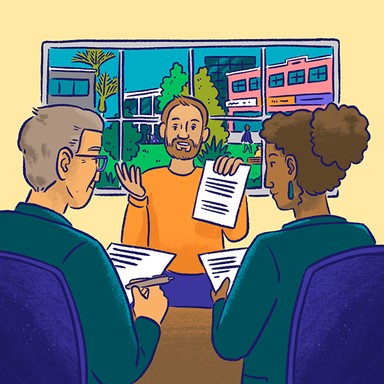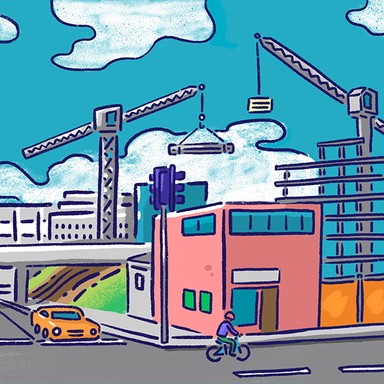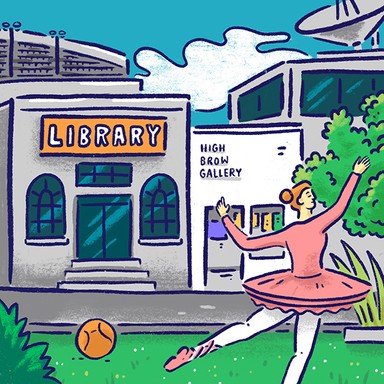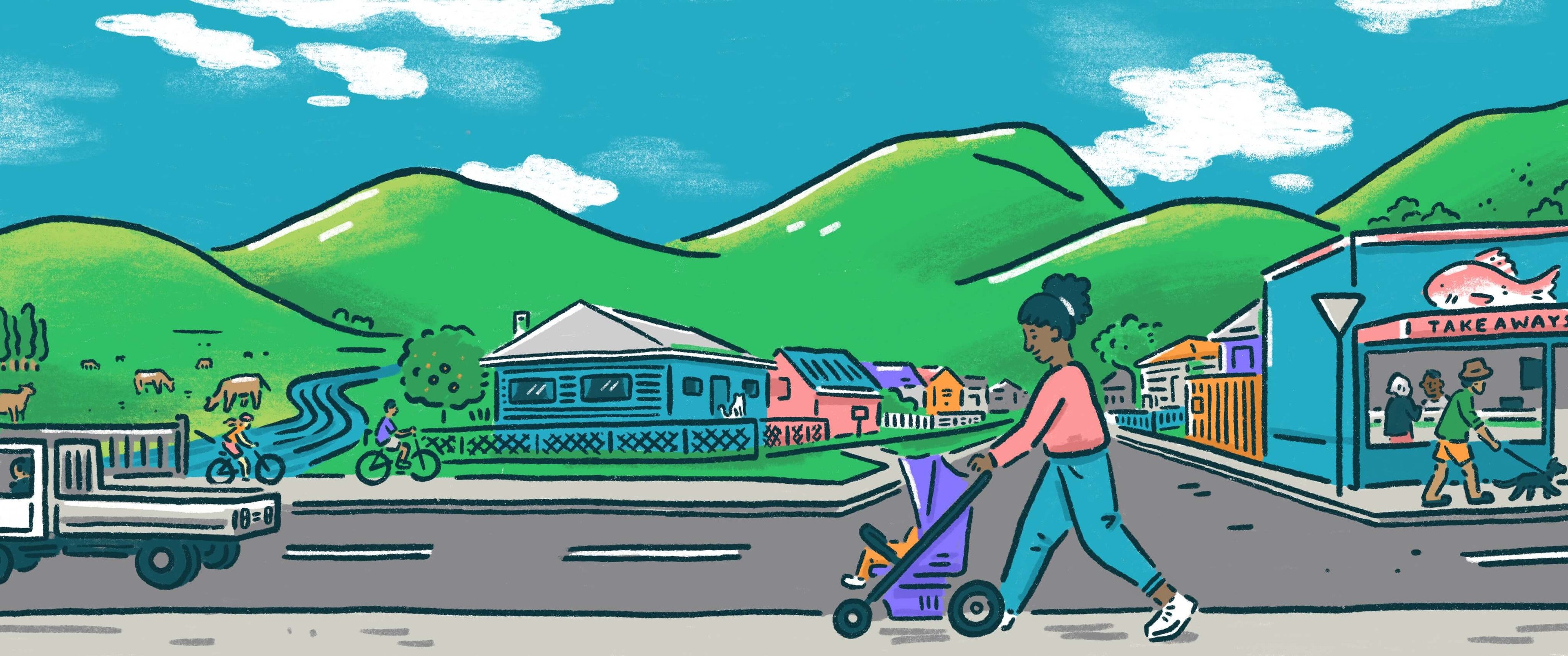
Grey District Council
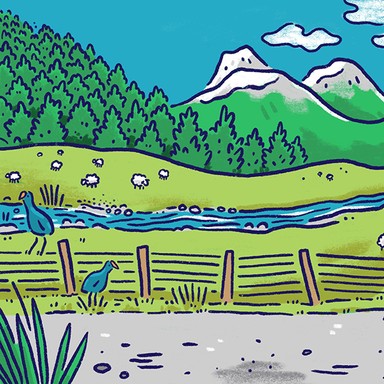
Environment
Local governments play a central role in protecting the environment, reducing waste and safeguarding biodiversity. The worsening state of New Zealand’s lakes and rivers is a major challenge for local councils, which work with regional councils in the management of water resources in their area.

Environment
Local governments play a central role in protecting the environment, reducing waste and safeguarding biodiversity. The worsening state of New Zealand’s lakes and rivers is a major challenge for local councils, which work with regional councils in the management of water resources in their area.
Work towards waste minimisation through recycling, reducing and repurposing.
Collaborate with regional and central government to ensure our water quality improves over time.
Partner with regional and central government around pest management.
Invest in modern water treatment and storage technology.
Secure funding to continue the native restoration of coastal and inland estuaries.
Install waste and recycling facilities around our major public and tourist areas.
Protect and natural environment from contamination and target the government swimmable rivers target 80% by 2030 and 90% by 2040.
Protect our native flora and fauna by supporting predator control and biodiversity projects which protect our natural environment.
Take a practical and cost-effective approach to waste management by investigating all options available including education programs.
Continue ongoing GDC schemes. Join in community projects. Promote expansion of existing efforts.
Explore/share opportunities/paradigm changing possibilities presented by adopting a more holistic and equitable alternative economic system.
Consult widely, and deeply, with the community to establish our combined priorities and the ambitions and limitations of all our society.
Work towards waste minimisation through recycling, reducing and repurposing.
Collaborate with regional and central government to ensure our water quality improves over time.
Partner with regional and central government around pest management.
Invest in modern water treatment and storage technology.
Secure funding to continue the native restoration of coastal and inland estuaries.
Install waste and recycling facilities around our major public and tourist areas.
Protect and natural environment from contamination and target the government swimmable rivers target 80% by 2030 and 90% by 2040.
Protect our native flora and fauna by supporting predator control and biodiversity projects which protect our natural environment.
Take a practical and cost-effective approach to waste management by investigating all options available including education programs.
Continue ongoing GDC schemes. Join in community projects. Promote expansion of existing efforts.
Explore/share opportunities/paradigm changing possibilities presented by adopting a more holistic and equitable alternative economic system.
Consult widely, and deeply, with the community to establish our combined priorities and the ambitions and limitations of all our society.
Mayor
Compare the mayoral candidates in your area
Local council
Compare the candidates for your city or district council
Regional council
Compare the candidates for your regional council
Local board
Compare the candidates for your local or community board
